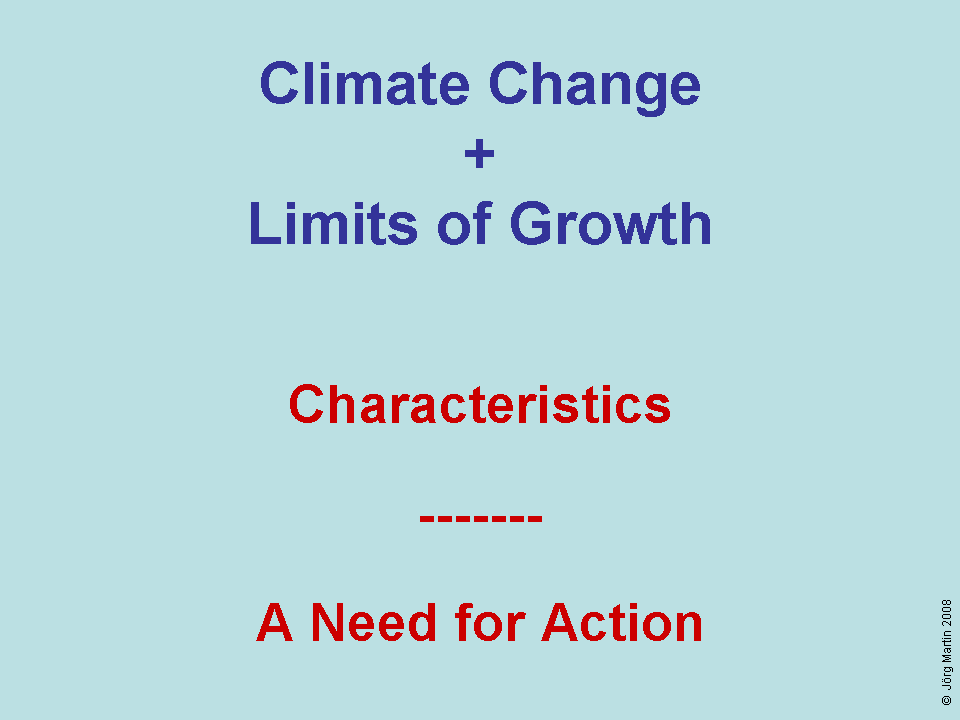
| Political | |
| • | Lack of Design Loads |
| • | Need for Security |
| • | Need for Action |
| Individual | |
| • | Possible Action |
| • | Need for Action |
| Energy Sector | |
| • | Money-burning System |
| • | Fossil-nuclear Energies |
| • | Renewable Energies |
| • | Economic Viability |
| Economy | |
| • | Ignored Warnings |
| • | Criminal Methods |
Fictitious Economic Viability Comparison
Public institutes are obligated under § 7 of the Federal Budget Code[61] to conduct an economic viability study before allowing expenditures.
For an economic viability study between the retention of fossil / nuclear energy supply (alternative 1) and the introduction of power supplies exclusively based on renewable energy (alternative 2), no utilization equality can be assumed. On the basis of the previous models, the use of alternative 2 would be unevenly larger.
Nevertheless, utilization equality is assumed for simplicity. As a result, an economic viability comparison can be performed. 50 years of useful life are selected for structural engineering and 17 years for equipment and outfitting. The time period under consideration amounts to 50 years.
The resulting curves for the cumulative cash values are simply fictitious and must be verified by real economic data.
For alternative 1, the cumulative cash value results principally from annual costs. The real interest (3.5 % p.a.) is overcompensated by the real price increase of the variable costs (10 % p.a.) to be expected. The cash value curve thus increases exponentially within the period under consideration.
For alternative 2, high investments must be introduced first. The share of reinvestment of the cumulative cash value is relatively low as a result of real interest and a return on investment costs (2 % p.a.). The share of annual costs of the cumulative cash value is low. Real interest less real price increase (1.5 % p.a.) leads to a simple logarithmic flattening development of the cumulative cash value.
For alternative 1, a fictitious cumulative cash value of around 1870 monetary units (GE, Geldeinheiten) corresponding to 40 % of the financial resources for alternative 2 (around 470 monetary units) should be applied.
With regard to alternative 1, it should also be pointed out that under the continuation of past energy supply structures, one of the main causes of climate change remains. Thus enormous follow-up costs must be reckoned with that should also be taken into account in an economic viability comparison.
The causes of follow-up costs include, for example, the loss of economic regions due to flooding of coastal areas, a significant increase in storms and flood damage, economic losses in agriculture and forestry due to changed climatic conditions and the strain on health services due to the spreading of new diseases.
This fictitious economic viability comparison leads us to the result that political energy decisions in Germany, whether from recklessness or deliberately, infringe on § 7 of the Federal Budget Code.
| Associated Slide |
 |
| Illustrating Slides |
 |
| Slide 1 |